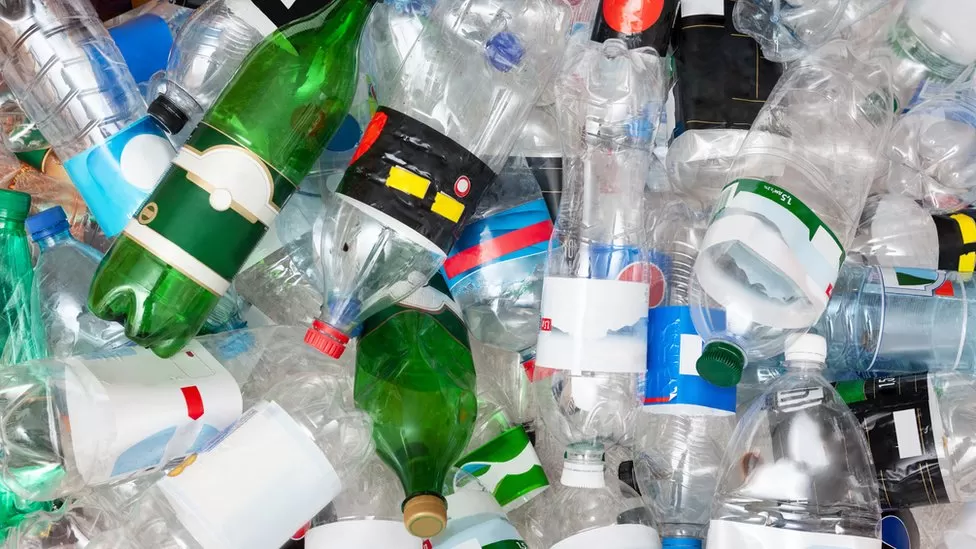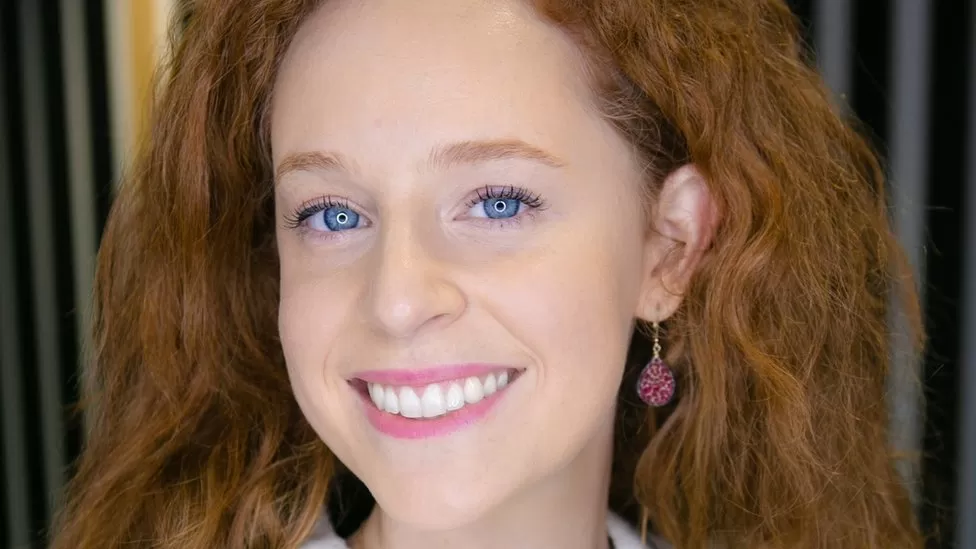The AI trained to recognise waste for recycling

World wide, there is a lot of garbage.
In 2020, approximately 2.24 billion tonnes of solid waste were produced, according to the World Bank. By 2050, the figure is expected to increase to 3.88 billion tonnes by 73%.
Particularly problematic is plastic. According to research from Georgia and California universities, more than 8.3 billion tonnes of plastic waste was produced between 1950 and 2015.
The statistics will not surprise Mikela Druckman. Founder of Greyparrot, a UK start-up that uses artificial intelligence to analyze waste processing and recycling facilities, she has spent a lot of time studying what we throw away.
In one facility, literally mountains of waste come through every day, and what’s surprising is that it never stops,” she says. “There’s no holiday for waste.”
In around 50 waste and recycling sites in Europe, Greyparrot installs cameras above the conveyor belts and uses AI software to analyze what passes through.
As AI technology has evolved over the past year, its ability to process images has become very sophisticated. The training of a system for recognizing rubbish, however, is still difficult, according to Druckman.
When a Coke bottle goes into the bin, it will be crumpled, crushed, and filthy, making the problem much more complex from an AI standpoint.”
Do you know what artificial intelligence is and how dangerous it is?
Greyparrot now tracks 32 billion waste objects a year and has built a huge digital waste map. In addition to being used by waste managers to become more operationally efficient, this information can also be shared more widely.
In addition to providing regulators with a much better understanding of material behavior, it is also influencing packaging design, explains Druckman.
Climate change and waste management are often viewed as separate issues, but they are really interconnected since we don’t actually recover most of the resources we use.
Our consumption patterns and packaging design would change dramatically if stronger regulations were implemented, which would have a significant impact on the value chain and the use of resources.”
Ultimately, she hopes to design more reusable products by combining data generated by companies like GreyParrot with data generated by big brands.

